Magnesium supplements are often considered for relieving leg cramps, yet their effectiveness can differ based on the form and individual response. This blog post explores five types of magnesium, evaluating their potential benefits and drawbacks in addressing leg cramps.
1. Magnesium Citrate
Magnesium citrate stands out for its high bioavailability, making it a preferred choice for those looking to alleviate leg cramps. Its ability to be absorbed efficiently by the body ensures that users experience the full benefits of magnesium. However, there’s a twist: it can also act as a mild laxative. This dual effect can be beneficial for those who face constipation along with leg cramps. In essence, magnesium citrate offers a dual-action approach, but it may not suit everyone. Always consult with a healthcare professional before adding it to your routine. Interestingly, it’s often used in over-the-counter laxatives due to its gentle yet effective nature. Whether you’re seeking relief from cramps or need a gentle digestive aid, magnesium citrate might be the answer. Balancing its effects can lead to overall well-being, making it a versatile option for many. Always ensure proper dosage to avoid any unwanted side effects.
2. Magnesium Glycinate
For those who value gentleness and efficiency, magnesium glycinate emerges as a top contender. Known for its high absorption rate, this form doesn’t compromise on stomach comfort. Imagine taking a supplement that works diligently without causing unnecessary discomfort—that’s magnesium glycinate. Its formulation is designed to be kind to the digestive system, allowing higher doses without any gastrointestinal distress. This makes it ideal for individuals who are sensitive to other forms of magnesium. Furthermore, its calming properties offer an added benefit, often recommended for those with anxiety or sleep disturbances. Magnesium glycinate is not merely about muscle relaxation; it’s about holistic well-being. Its soothing nature extends beyond cramps, providing a comprehensive approach to health. For those seeking a well-rounded solution, magnesium glycinate could be the gentle hand guiding you to comfort. Always pair it with professional medical advice for optimal results.
3. Magnesium Oxide
Magnesium oxide, often recognized for its high elemental content, presents a paradox within the supplement world. While it boasts more magnesium per tablet than other forms, its absorption rate leaves much to be desired. This disparity often leads to mixed reviews regarding its effectiveness for leg cramps. On one hand, users appreciate the concentrated dose; on the other, they may not experience significant relief due to poor absorption. It serves as a reminder that more isn’t always better. Despite its shortcomings in absorption, magnesium oxide is widely available and often used in supplements. It’s an affordable option, appealing to budget-conscious individuals. If you’re considering magnesium oxide, it may require higher doses to achieve desired effects, which should always be monitored by a healthcare provider. Its role in the supplementation sphere is complex, yet it remains a staple for those in search of a cost-effective solution.
4. Magnesium Malate
Imagine the synergy of magnesium and malic acid, working in tandem to address muscle discomfort. That’s what magnesium malate promises. This form is often praised by those with chronic muscle pain, as malic acid plays a role in energy production and muscle function. The combination offers a dual benefit: relief from cramps and a boost in energy levels. Its unique formulation makes it a favorite among athletes and individuals with fibromyalgia. However, the effectiveness of magnesium malate can vary, requiring personalization in dosage. It’s not just about the physical; there’s a revitalizing aspect to its use. By integrating it into your routine, you may find a new zest for daily activities. Its invigorating properties are complemented by its gentle nature, making it accessible for various needs. If vitality and comfort are what you seek, magnesium malate might just be the supplement for you.
5. Magnesium Sulfate
Widely recognized as Epsom salts, magnesium sulfate holds a special place in home remedies. Picture a soothing bath where muscle tension melts away—this is the promise of magnesium sulfate. Its application is external, offering relief through skin absorption rather than digestion. This unique method makes it an appealing option for those who prefer non-oral supplementation. The benefits extend beyond muscle relaxation; it also aids in reducing swelling and detoxification. While not as commonly used for daily cramp prevention, its role in acute relief is unparalleled. The historical use of Epsom salts in baths speaks to its enduring reputation. However, consistency in usage and accurate dosing are crucial to maximize benefits. Consider integrating it into your wellness routine for a spa-like experience at home. With the right approach, magnesium sulfate can elevate your self-care rituals and provide much-needed relief.

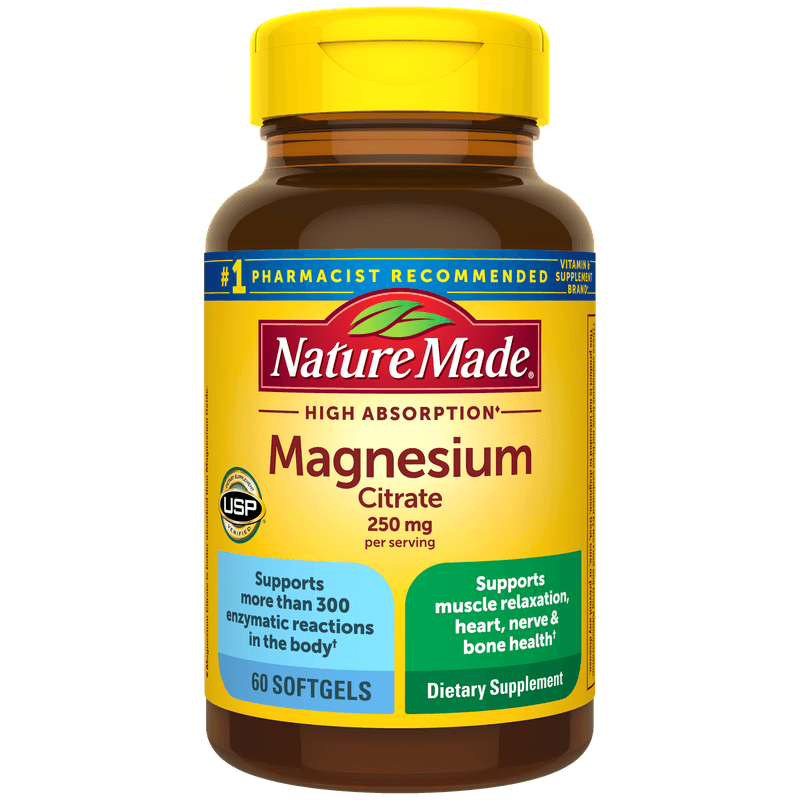
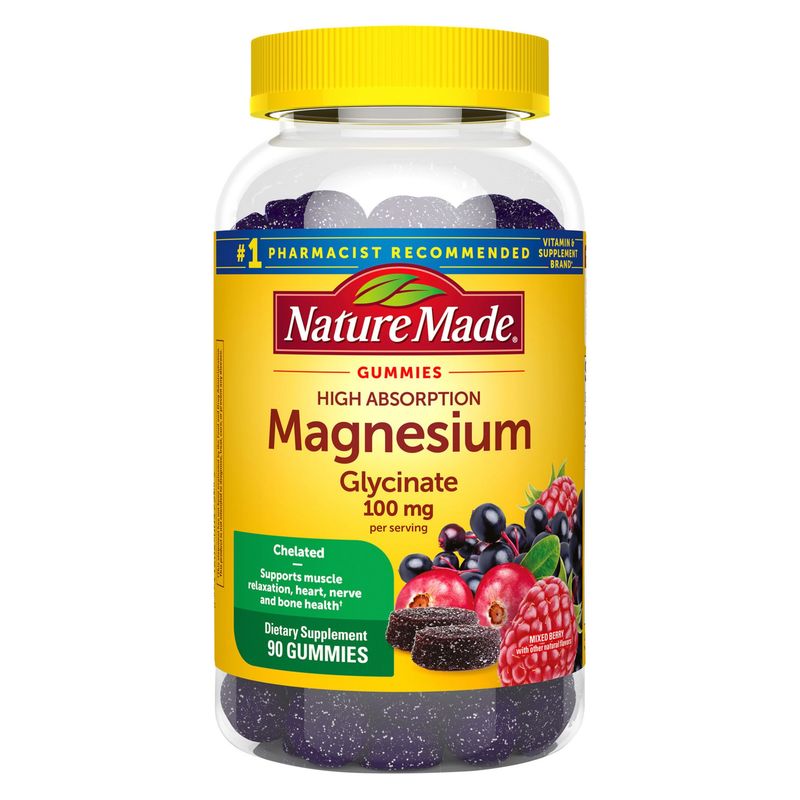
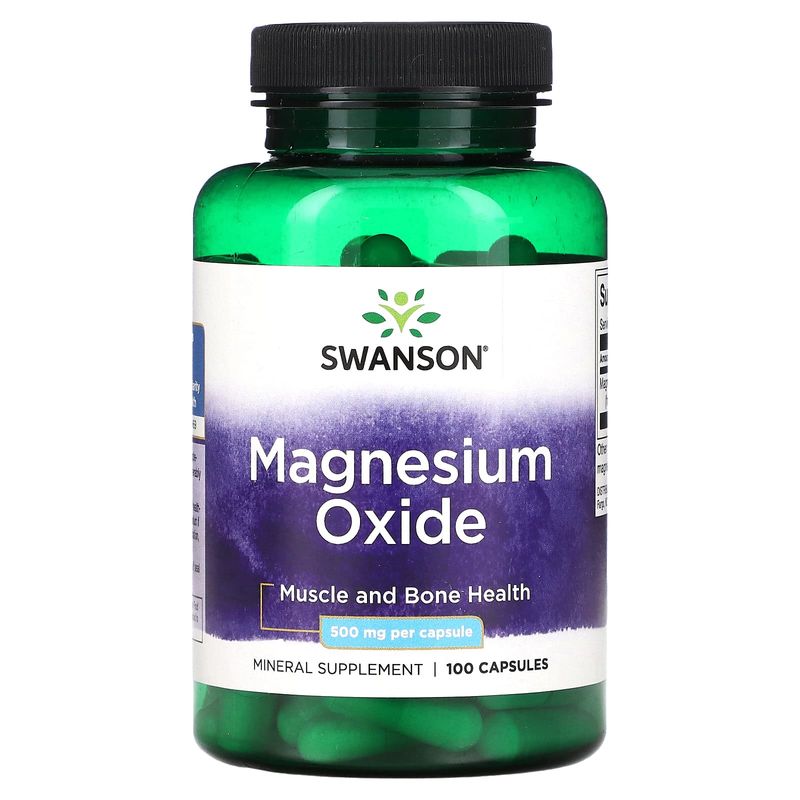
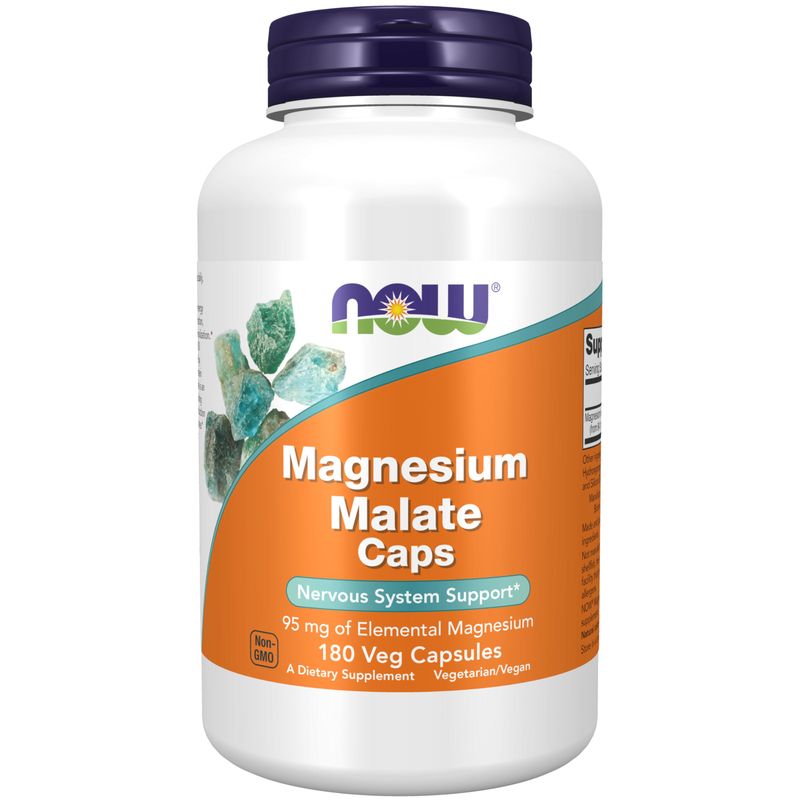
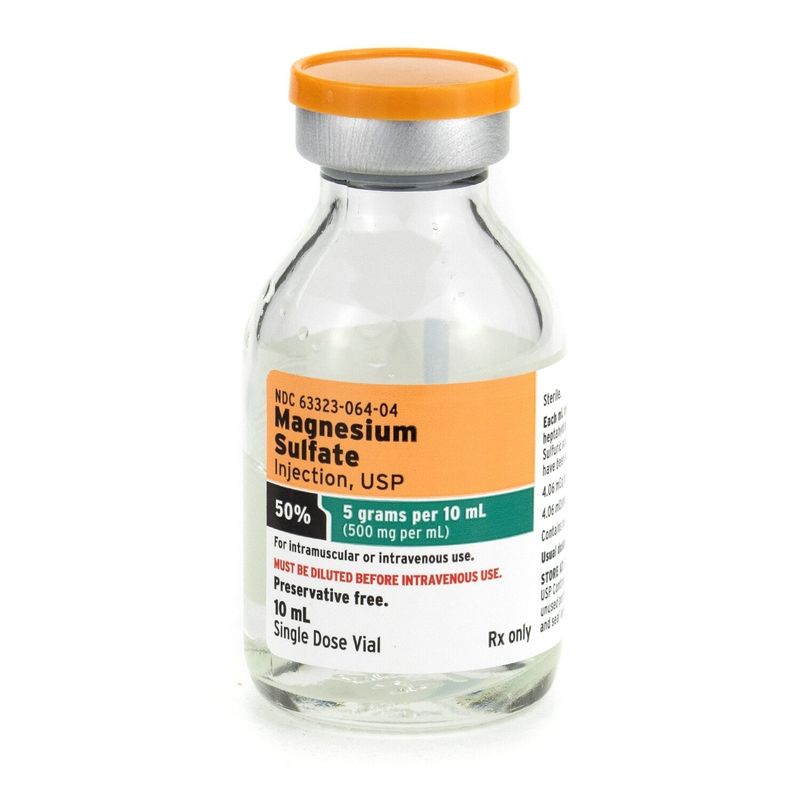
Comments
Loading…